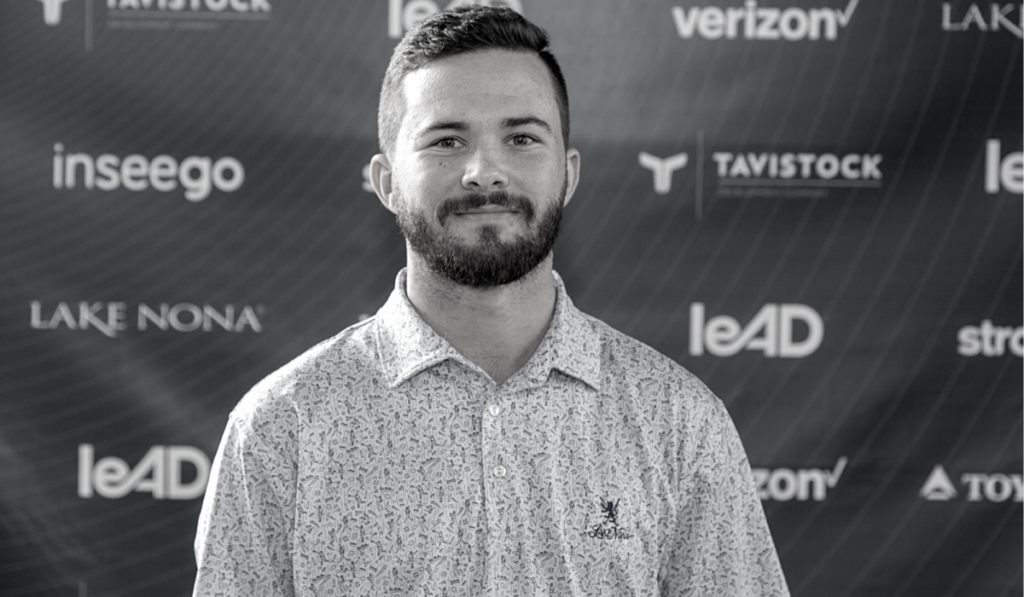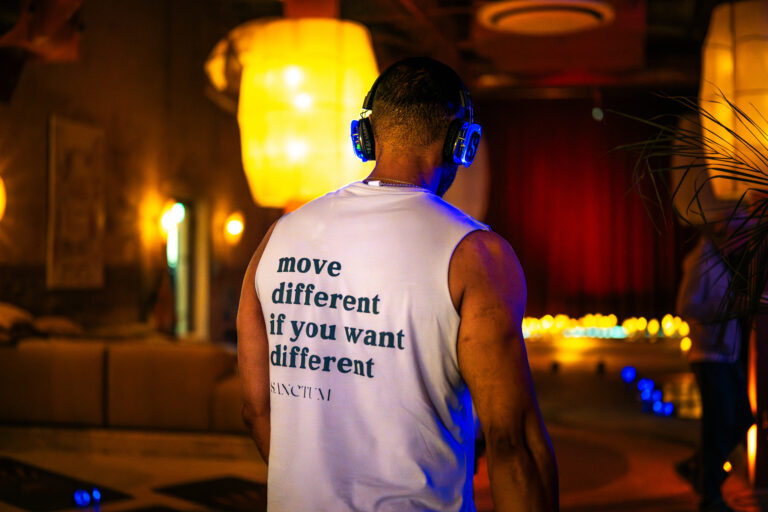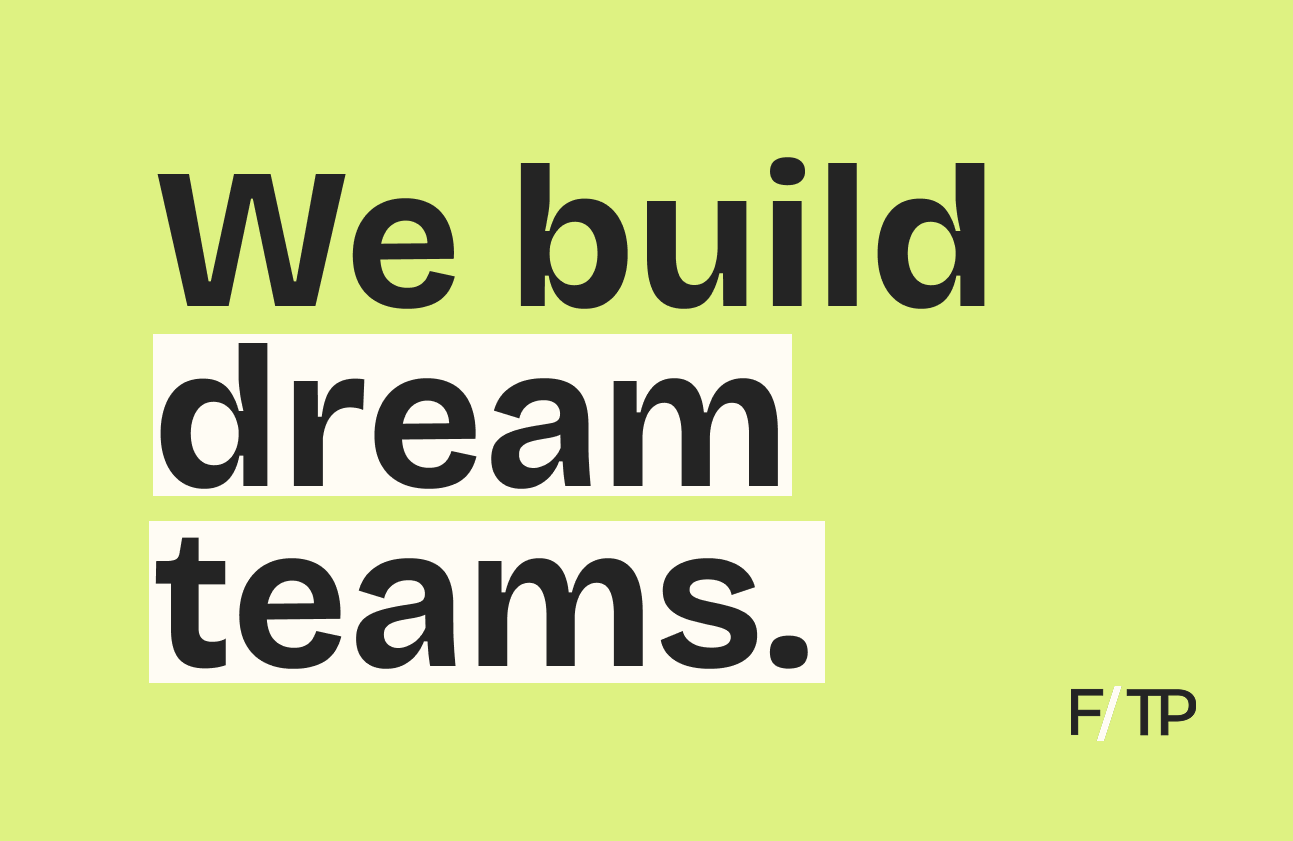In this Q&A, you’ll hear from Justin Driscoll, Senior Associate of leAD Sports & Health Tech Partners. Justin explains the rise of Default Alive as investment criteria, disappointment in VR and wearable technology, and trends to watch in 2023.
What are your biggest learnings from 2022?
Justin Driscoll: Especially in a tough market, it’s important to realize few investors truly offer value beyond their cash investment.
But a lot could be gained by thinking of how we eliminate friction in the lives of founders beyond just giving them cash. As investors, everything we do beyond cash is what actually de-risks our investments.
In general, 2022 has been a different landscape with the disappearance of traditional rounds (pre-seed, seed, Series A) and increase of just “capital” rounds. For startups, that means chasing product-market fit sooner rather than later.
And for investors, that involved reiterating the focus on backing the best entrepreneurs/operators who can navigate both promising and challenging times.
How is the macroeconomic environment impacting deal-making?
JD: Startups have been pressured to achieve their KPIs much sooner than expected because the time between your first meeting with an investor and when money is wired takes significantly longer.
This slower due diligence process requires many startups to go out into the market when milestones have not been fully realized — one of the many contributing factors for overall valuations to be down. Emphasizing a clear path to profitability, Default Alive became significantly more important to investors this year.
What surprised you most in 2022 — what trend or market did you change your mind about?
JD: Virtual reality has been slower to materialize than anticipated. The hardware dependency and limited utility thus far have prompted the mass consumer to remain unconvinced.
Similarly, the new era of wearables has yet to outgrow the weekend warrior, meaning mass adoption of always-on devices has yet to take place.
What trends are you most excited about going into 2023?
JD: There are a number of highlight areas that we believe are promising for 2023 and beyond, namely:
- Bridging the gap between the healthcare and wellness sectors
- Hyper-personalization creating the most effective performance marketing channels for big brands to spend major dollars across sports and healthtech
- Monetizing in-person communities before prioritizing the metaverse communities
- Empowering the data from biomarkers to actionably impact preventative health outcomes
- A healthy consolidation of the youth sports market
- The discovery of how esports can be considered a healthy exercise
What advice would you give founders facing uncertainty in the current economic climate?
JD: You should not need to face this uncertainty alone. Now is the time to find the right investors, advisors, and team hires who will jump inside the ship with you.
We’d also recommend finding organic and sustainable channels to drive customer acquisition — and avoiding the belief that paid marketing will accelerate growth.
Aspire in the short term for revenue to offset operating expenses, then any capital injection is then icing on the cake. Bottom line, runway management and capital efficiency are crucial for the next 18–24 months.






